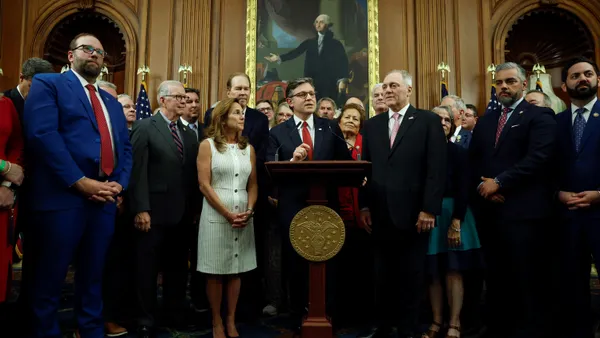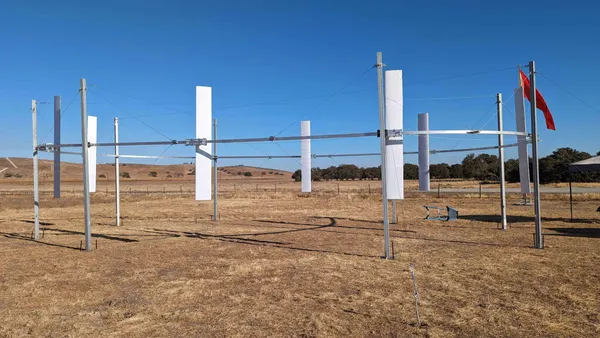Dive Brief:
- Renewables portfolio standards and 100% clean electricity mandates set by states across the U.S. can be approximately correlated with that state’s total renewable energy production, said a June report from Lawrence Berkeley National Laboratory.
- However, in Texas and the Midwest, renewables growth has “far outpaced RPS needs, driven by attractive wind energy economics,” the report said. In the Northeast and Mid-Atlantic, where growth standards are higher, the standards outpace generation growth and are a “key driver” of it.
- While states have slowed their enactment of RPS, revisions to those standards continue to be made yearly, and 15 states have set 100% clean electricity standards since 2017.
Dive Insight:
“There are a variety of different market and policy factors that contribute to renewable growth in the U.S., and it's challenging, if not impossible, to precisely and definitively parse out the impact of RPS and CES programs alone,” said Galen Barbose, a Berkeley research scientist and the report’s author, during a Thursday webinar.
As a result, these programs shouldn’t be interpreted as a “strict attribution” for renewables growth, but can provide a “rough sense of the relative impact of these policies over time,” he said.
Non-hydro renewables generation in the U.S. has grown 630 TWh since 2000, the report said, and RPS and CES policies mandated a 281 TWh increase over that same period – accounting for 44% of total growth.
“Obviously, some of that growth would have happened even in the absence of RPS policies,” Barbose said. “But at the same time, RPS policies have certainly had some kind of spillover effects by creating the conditions under which renewables development has been able to flourish, even outside of those requirements. So this speaks to this challenge of attribution.”
Generation has also been bolstered by unrelated factors such as utilities voluntarily purchasing or building renewable energy, net-metered solar, and voluntary green power market activity like corporate power purchase agreements, he said.
In addition, the role of state standards in driving growth varies across regions. Texas achieved its final RPS target in 2008, seven years ahead of schedule, Barbose said, with all subsequent growth being driven by other factors.
In the Southeast, where RPS demand is limited, most growth is driven by utility procurement and the lingering impacts of the federal Public Utility Regulatory Policies Act, he said. The West, which has the highest RPS requirements of any region, has nonetheless seen growth exceeding those requirements – partially due to 33 TWh of net-metered solar.
States have also stepped back from establishing new renewables portfolio standards, with Vermont’s 2015 enactment making it the most recent state to do so. However, states have continued to make major revisions to these standards, and some began enacting 100% clean energy standards in 2017.
Barbose noted that “these CES targets may or may not be binding in the same manner as the RPS policies, so the demand shown for CES is maybe a little bit more uncertain or fuzzy than what we're showing for the RPS targets.”
New York, which has emerged as a leader in offshore wind development after setting a generation target of 9 GW by 2035 in its 2019 Climate Leadership and Community Protection Act, is considering a bill that would increase that target to 9.9 GW.
It would also establish three subsequent targets of 15.8 GW by 2040, 18 GW by 2045, and 20 GW by 2050.















